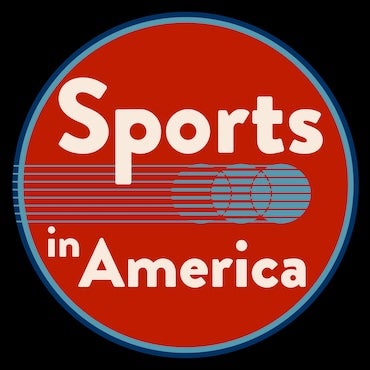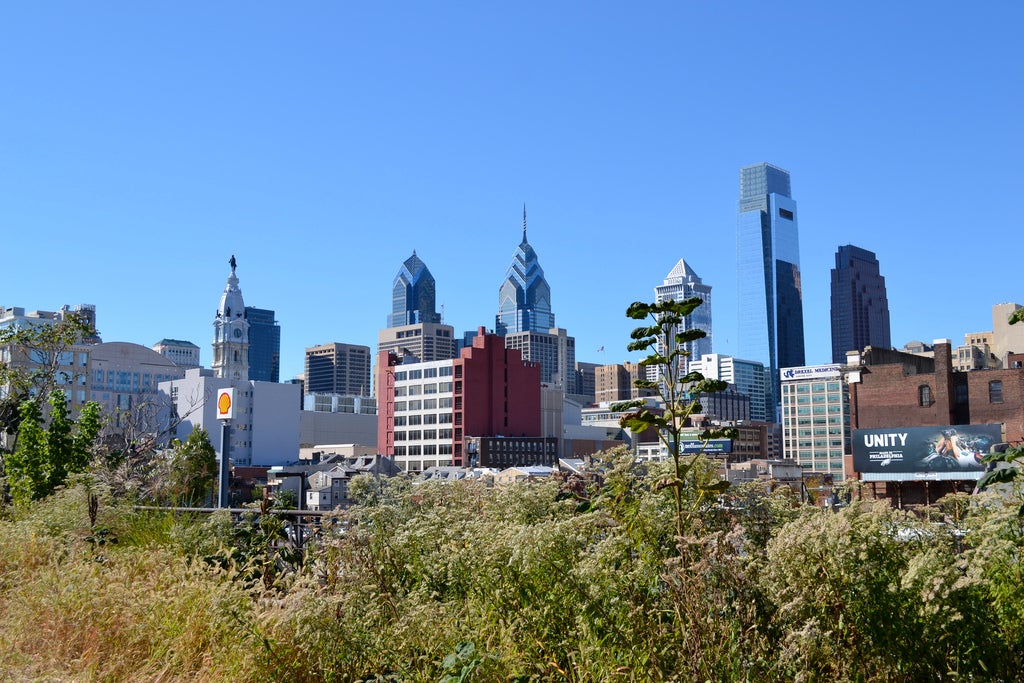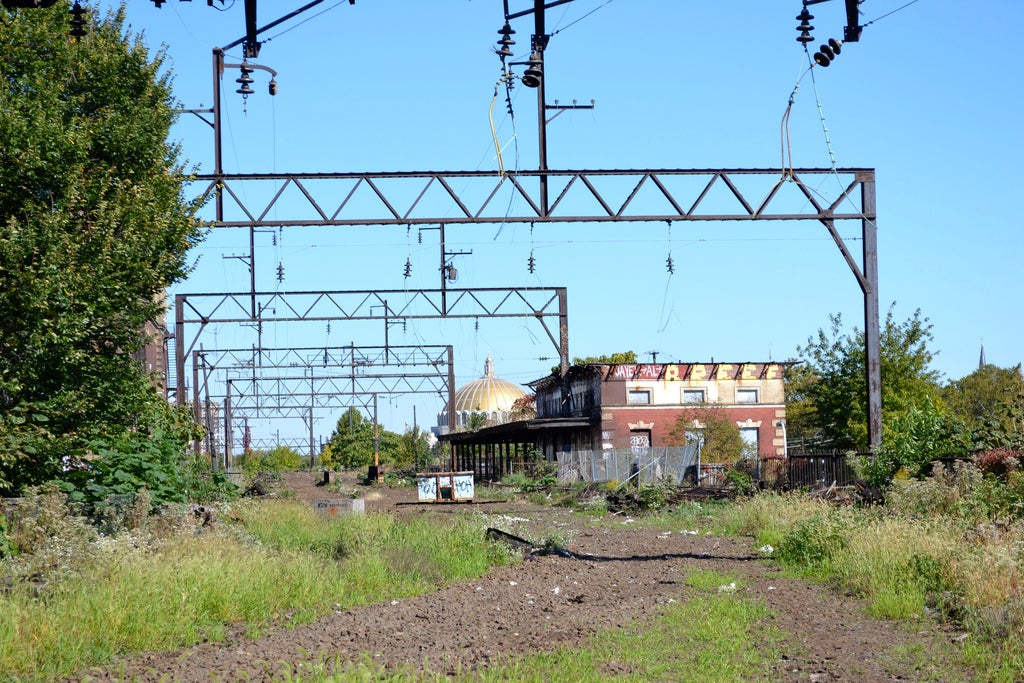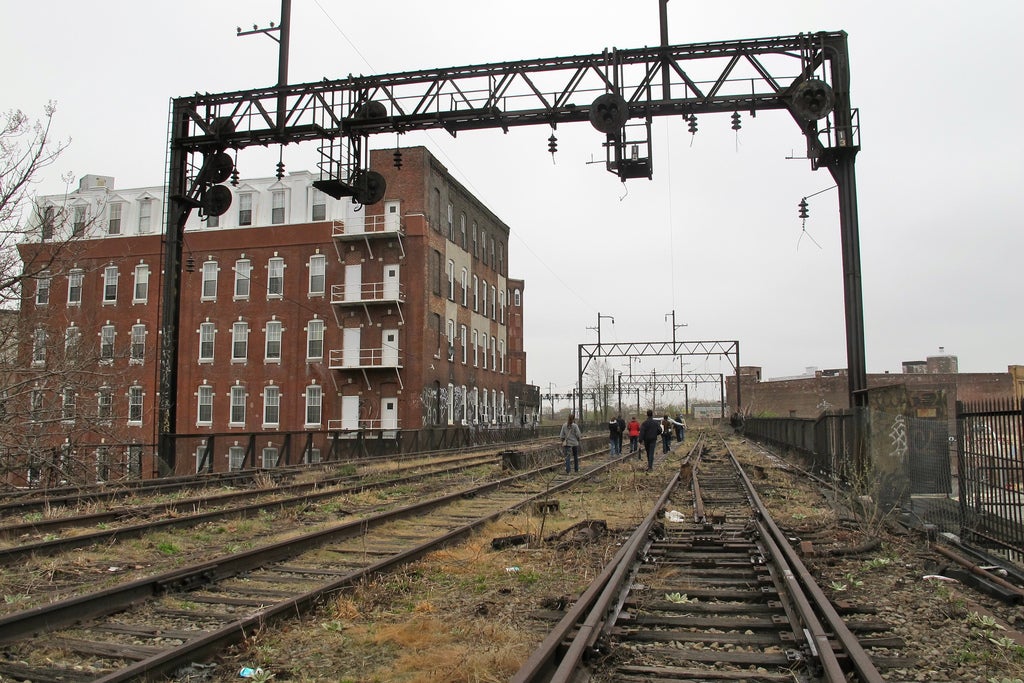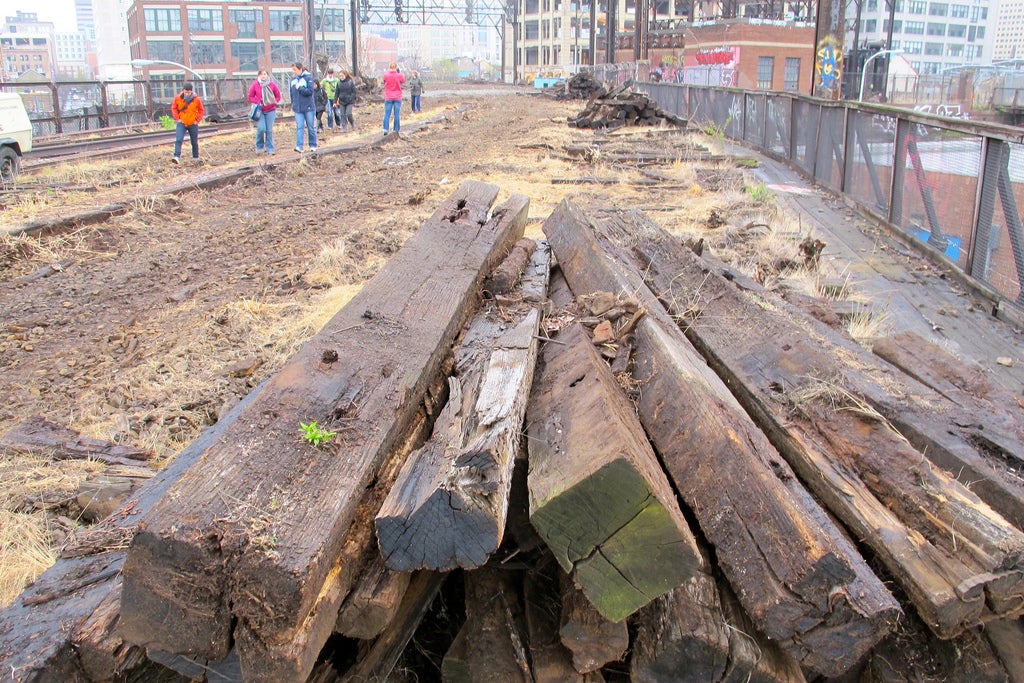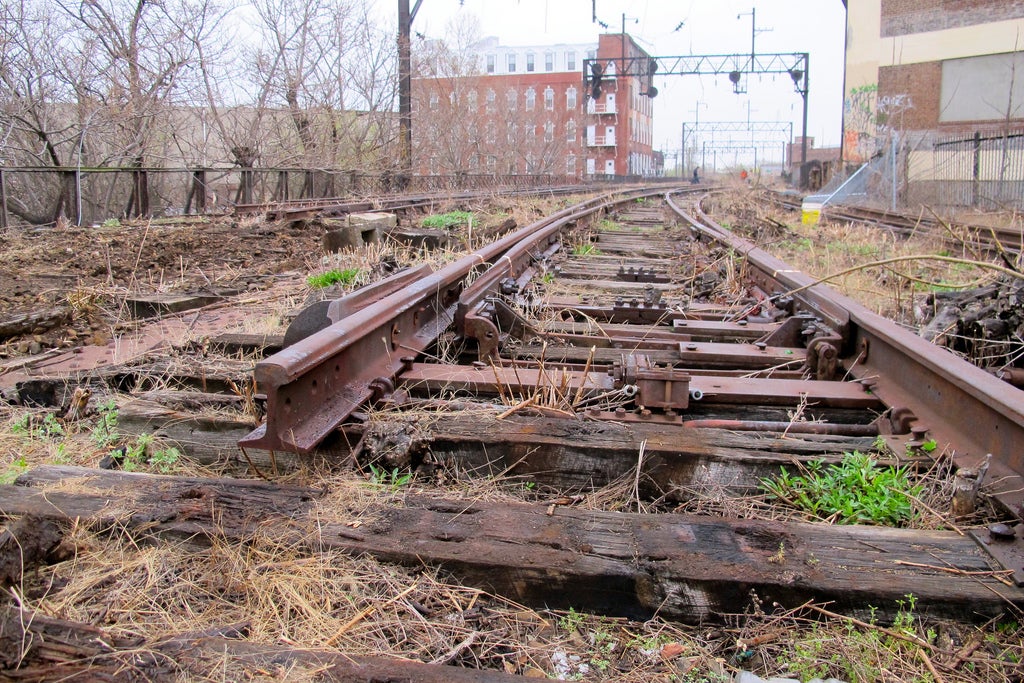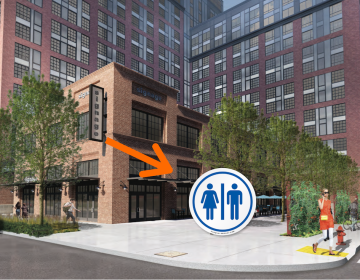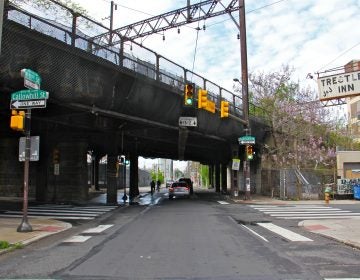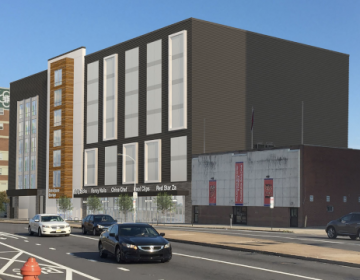Challenges for Viaduct Project: Ownership, community and cultural implications, a large and diverse space, and civic ramifications.
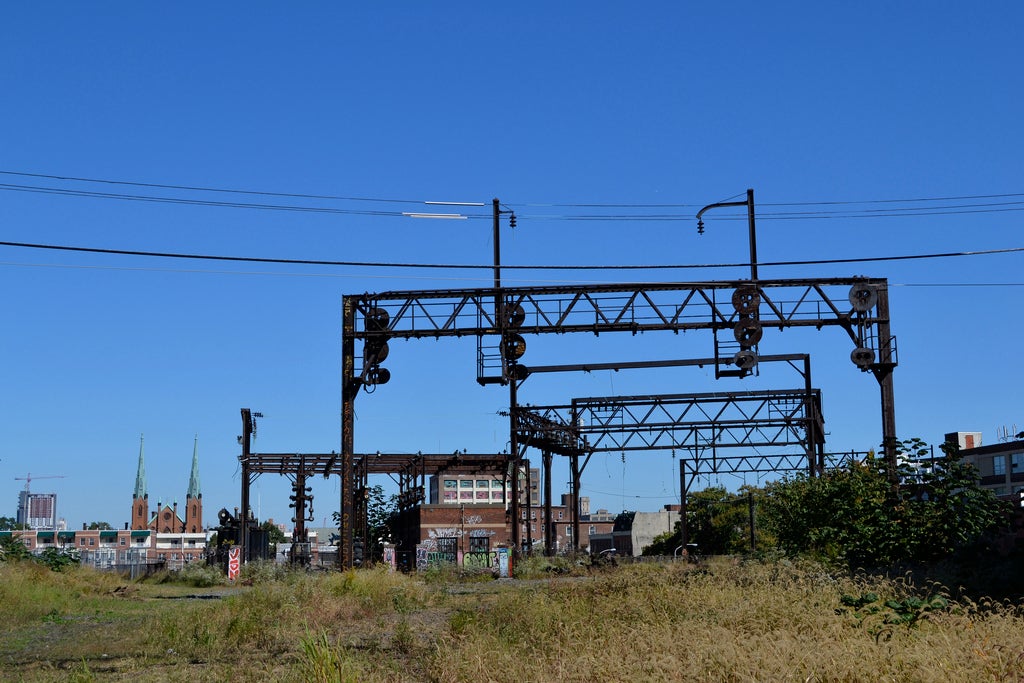
A thoughtfully-conceived panel at the Center for Architecture on Wednesday night offered what amounted to the most complete look yet at plans for the Reading Viaduct. Presented by AIA Philadelphia and Hidden City Philadelphia, with sponsorship by Philadelphia University and Philadelphia Woodworks, the event was moderated by Thaddeus Squire, founder of Hidden City and CultureWorks.
Squire began by summing up the four challenges facing realization of the project: ownership questions, community and cultural implications, a large and diverse physical space, and greater civic ramifications. The evening’s four speakers, Laura Spina, Andy Toy, Bryan Hanes, and Paul Levy, next discussed those aspects in greater detail in seamless progression.
Spina, the Center City planner for the Philadelphia City Planning Commission, began by presenting a historical context of the viaduct and the railroad transportation network of which it was part, stressing its significance in the area’s industrial heritage. Crafting a park from the ruins of the viaduct is, she reminded the audience, a primary recommendation of the Center City District plan now being refined.
Toy, in his capacity as managing director of the Eastern Tower/Chinatown Community Center mixed-use development, emphasized that the project must engage and involve the community and that it must strive to meet the needs of people of all incomes and social strata. Pointing out that the land under the viaduct encompasses nearly 7 acres, he exhorted planners, designers and developers to not “just think about what’s on top.”
Hanes, the urban designer whose public space work here has most recently manifested itself at Sister Cities Park, ran through his ideas and drawings for the portion of the viaduct that will initially be turned into parkland, the shorter path that veers west and belongs to SEPTA. (The entire site is the size of Rittenhouse Square, he said, while this part is roughly equivalent to the Square’s center.)
Responding to the lack of green space in the neighborhoods of Chinatown and Callowhill, this park will be “domestic” in scale, Hanes said, and it will utilize themes and vocabulary such as “window boxes,” “stoops” and “gardens.” Features include everything from porch swings to storm water management to a recreational field, all the while keeping the unique views of City Hall and the Center City skyline in mind.
Hanes also ran through other aspects of the project, from a traffic calming element on Noble Street, to safety and lighting features to be designed by The Lighting Practice. And, he presented palettes of materials (galvanized steel, ipe wood) and native meadow species similar to those which can be found at New York’s High Line.
Levy concluded the presentations with a look at a timeline and costs. He started as a “total non-believer” in the idea, he said, because the viaduct “doesn’t connect anything to anything” (unlike the High Line, for example).
But, Levy added, creating the park to serve a specific population with specific needs, makes more sense — and seems more do-able especially, he said, “since I’ve become a raging incrementalist.” Instead of spending $40 million or more to redevelop the entire viaduct (or tear it down), this spur — pegged at $8 million — is within reach. Because the viaduct is now a barrier to development, he added, kick starting the project will serve other goals. Raising the money should be achievable within the next year.
Questions from the audience leaned towards thoughts on connecting the park to Center City — by covering the Vine St. Expressway (a “1.2 million idea,” Levy pointed out) — and on wrestling the rest of the land from its owners, Reading Entertainment. To the latter, Spina and Levy emphasized that the preference was for continued and patient negotiation, not condemnation or the use of eminent domain.
When one audience member asked why, in light of the extant challenges and financial obstacles, the city didn’t just opt to create a park on some of the vacant parcels under the viaduct, Levy questioned whether creating a beautiful new park adjacent to the blighted viaduct would make any sense. He added that the viaduct’s curves and elevation made for unique assets.
Plus, Spina pointed out, adaptively reusing the viaduct accomplishes “more goals that just providing open space” by preserving a vital piece of the city’s industrial heritage.
WHYY is your source for fact-based, in-depth journalism and information. As a nonprofit organization, we rely on financial support from readers like you. Please give today.
